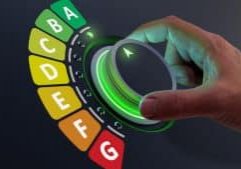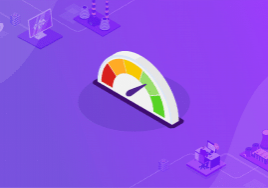Published 10/05/2024
New regulations such as the Energieeffizienzgesetz (EnEfG) - otherwise known as “the Energy Efficiency Act” - can seem like a headache and add more obstacles to operations. Especially as there are a number of requirements that need to be met as early as 2024. There are however, solutions that can greatly facilitate compliance, like a digital Energy Management and Optimization Solutions (EMOS).
Such changes are actually a great opportunity to digitize and improve overall efficiency which can result in financial and time savings, greater ROI, and even streamlined collaboration among employees.
In this article we look at the main regulations of the Energieeffizienzgesetz (EnEfG) and why an EMOS is key to compliance and success.
TABLE OF
CONTENTS
01
02
01
Germany’s Energieeffizienzgesetz (EnEfG)
Context
In November 2023, the German act to increase energy efficiency (Energieeffizienzgesetz (EnEfG)), officially came into effect. This act imposes stricter energy efficiency requirements on companies operating in Germany. The law will help Germany reduce consumption of fossil fuels and achieve energy efficiency objectives set out by the European Union.
"The purpose of this Act is to increase energy efficiency and thereby contribute to reducing primary and final energy consumption as well as the import and consumption of fossil fuels, to improving security of supply and to mitigating global climate change. Furthermore, the purpose of the Act is to ensure that national energy efficiency targets are met and that European targets are complied with."
Who is concerned?
Public and private companies who:
- operate in Germany
- and exceed a specific threshold of energy consumption (e.g. companies that have consumed more than 2.5 gigawatt hours of energy per year on average over the past three calendar years)
Unlike other regulations, companies are subject to the EnEfG depending on their level of energy consumption rather than the size of their company, which is often defined by revenue for example.
Those concerned may be subject to spot checks to ensure that they are complying with the Energy Efficiency Act.
Learn more about energy efficiency regulations and financing in the European Union

The Energieeffizienzgesetz (EnEfG) and Energy Management Systems
The results of the energy efficiency act rely on the implementation of an environment or energy management system. However, the definition of such a system can be broad - ranging from working protocols with low digital maturity, to highly digitalized and automated energy management systems that can not only help companies excel in their energy efficiency and decarbonization goals, but bring other benefits too.
Even though requirements are slightly different depending on which conditions each company meets, an EMOS can facilitate compliance at all levels.
02
Main Energieeffizienzgesetz (EnEfG) requirements and why an EMOS is key to compliance
EnEfG Requirement #1: Implementation of an Environmental or Energy Management System
The EnEfG requires private and public companies, including data centers, to implement:
- an energy management system (“a system that meets the requirements of DIN EN ISO 50001, December 2018 edition”)
- or environmental management system (“system in accordance with Regulation (EC) No. 1221/2009”).
The management system implemented by the company must fulfill specific requirements:
- “Recording the input and output of energy, process temperatures, waste heat-bearing media with their temperatures and heat quantities and possible contents as well as technically avoidable and technically unavoidable waste heat when recording waste heat sources and assessing the possibility of implementing measures for waste heat recovery and utilization.”
- “Identification and presentation of technically feasible final energy saving measures as well as measures for waste heat recovery and utilization.”
- “Economic assessment of the identified measures in accordance with DIN EN 17463, December 2021 edition.”
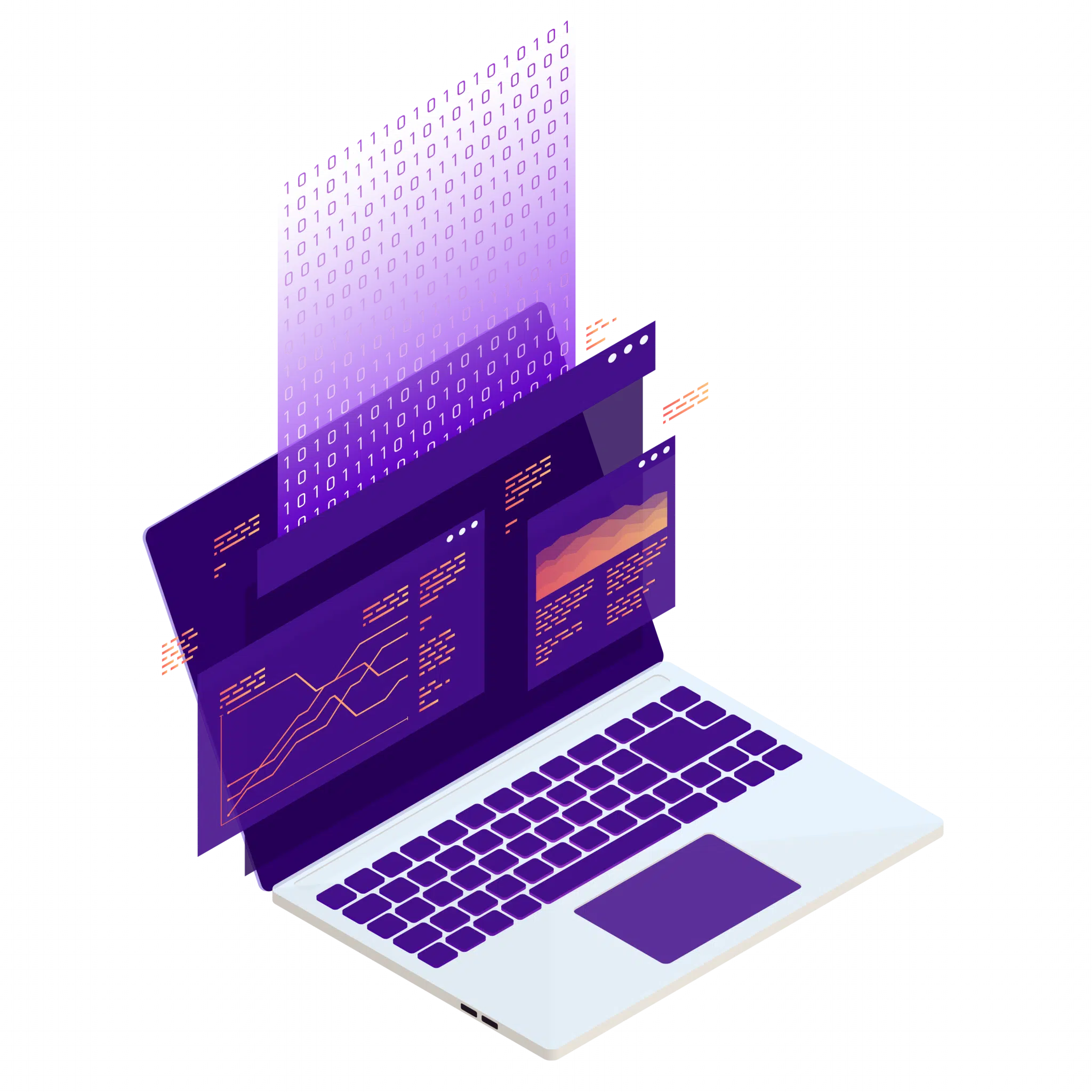
Management systems for data centers specifically need to “carry out continuous measurements of the electrical power and energy requirements of the main components of the data center and take measures to continuously improve the energy efficiency of the data center.”
How does an EMOS help comply?
A digital energy management system such as an EMOS can be implemented in just a few months. The implementation of external EMOS can also be accompanied by expert support services. For example, they can provide training to your teams, help for the implementation of an energy efficiency roadmap, and more.
An advanced tool like an EMOS can help you maintain your ISO 50001 certification with dedicated reporting and reserves historical data.
Clear dashboards on an EMOS allow experts to easily identify and assess energy saving measures. Specific reporting can be implemented too, such as reporting dedicated to waste heat management.
EnEfg Requirement #2: Detailed Energy Reporting
Companies must include specific detailed information as part of their reports.
This includes:
“Information on the system introduced in accordance with ISO 50001 or EMAS.”
“information on the date of initial certification or recertification (ISO 50001) or the date of registration or renewal in the EMAS register.“
“existing energy costs in euros per year, broken down by energy source.”
“total energy consumption in kilowatt hours per year, broken down by energy source.”
“identified and proposed measures, including details of the investment costs, the expected useful life and the expected energy savings in kilowatt hours per year and in euros per year, as well as the economic feasibility.”
“in the case of identified measures for waste heat recovery and utilization, information on the amount of heat per year, the maximum thermal output, existing options for regulating temperature, pressure and feed-in, the temperature level in degrees Celsius, the specific price in euros per kilowatt hour of waste heat and internal or external utilization options.”
How does an EMOS help comply?
All relevant and global energy data can be centralized. This can be data from multiple assets or one single energy intensive site. With a global vision of energy efficiency in your company, it is easier to make the most strategic decisions (where to invest and update equipment, where energy use is sub optimal etc.)
Energy data can also be easily visualized with different widgets (e.g. pie chart, table, scatterplot etc.), which can be customized to fit specific needs.
Automated reporting can increase reliability and consistency because you are using the same process for all data collection. For example, reporting of energy costs and consumption by energy source or SEU (significant energy use) can be automated with high precision.
An EMOS allows you to assess pertinence and monitor the savings yielded by any identified energy performance measure.
All data and reports on an EMOS can be exported easily.
This is especially useful for the Valeri Norm 17463, which is included in the EfEfG document, and standardizes energy investment decisions in an auditable way. The better the online view of energy consumption, the easier to follow such norms using an EMOS.
EnEfG Requirement #3: Realization of an Energy Audit
The EnEfG requires companies to carry out an energy audit, which is defined as “a systematic procedure to identify measures to increase energy efficiency and reduce energy consumption in a company.”
This is in order to:
“a) to obtain sufficient information on the energy consumption profile of a company, its buildings and the operation of its installations,
b) to identify and quantify the potential for final energy savings,
c) to determine the potential for the use and generation of renewable energy, and
d) to record the results in a report.”
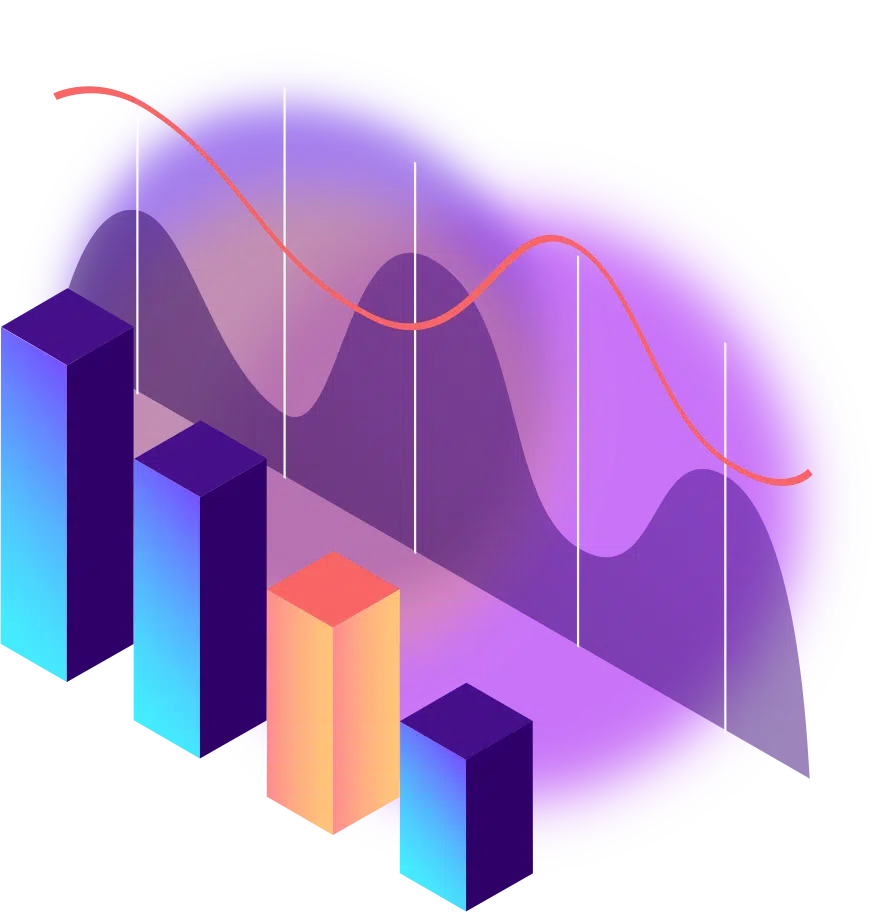
How does an EMOS help comply?
An EMOS is proven to provide reliable data and actionable insights, such as where to make the best investments (SEUs).
All the information on the platform can easily be shared with an auditor or any other third party, if necessary, thus reducing the resources, time, and cost needed.
EnEfG Requirement #4: Implementation of an Energy Saving Roadmap
The EnfG requires the “preparation and publication of implementation plans for final energy saving measures in companies.” EnEfG reporting specifically requires companies to include “evidence of implementation plans”.
How does an EMOS help comply?
Using an EMOS, you can implement and follow up your action plan, such as an energy saving roadmap. For example, on your dashboards you can visualize your KPIs and follow up on your progress.
You can then easily share your action plan with anyone.
EnEfG Requirement #5: Reduction of Waste Heat
The EnEfg requires companies to reduce waste heat and implement waste heat recovery measures where possible. In other words, companies must implement “any technology for the recovery and reuse of industrial waste heat, cold, mechanical and electrical energy, which is otherwise released unused into the environment; it increases energy efficiency and reduces energy consumption, usually at the point of reuse of the recovered waste heat.” Companies are also obliged to reuse waste heat as much as possible.
"Companies are obliged to avoid the waste heat generated in their company in accordance with the state of the art and to reduce the waste heat generated to the proportion of technically unavoidable waste heat, insofar as this is possible and reasonable. Within the scope of reasonableness, technical, economic and operational considerations must be taken into account. To determine the state of the art, the requirements from the currently applicable conclusions on the best available techniques in accordance with Directive 2010/75/EU of the European Parliament and of the Council of 24 November 2010 on industrial emissions (integrated pollution prevention and control) (OJ L 334, 17.12.2010, p. 17; L 158, 19.6.2012, p. 25) shall be taken into account with regard to waste heat."
How does an EMOS help comply?
With an EMOS, you can seamlessly compute and visualize the distribution of thermal energy in your plant. Often, one of the main challenges when trying to reduce waste heat is the identification of where heat is lost. With an EMOS, you can easily identify where you can most easily recover lost heat with a sankey diagram, for example.
Once you have assessed and identified your waste heat reduction measures, you can then monitor them.
Because of automated energy reporting, you can be alerted in real time if there are any leaks and act quickly to avoid any excess heat waste.
EnEfG Requirement #6: Transition to Renewable Energy
While the transition to renewable energy mostly concerns data centers in the energy efficiency act, this is also an important aspect for companies if they want to decarbonize their activities and improve overall energy efficiency.
"Operators of data centers shall cover the electricity consumption in their data centers on balance
1. from January 1, 2024, 50 percent of electricity from renewable energy sources and
2. from January 1, 2027, 100 percent through electricity from renewable energy sources. "
How does an EMOS help comply?
An EMOS allows you to visualize your energy sources and calculate the impact of activities by differentiating between renewable and non-renewable energy use.
Using data in your EMOS (such as meteorological data) you can evaluate which form of renewable energy is best for you. For instance, you can see how much solar energy you would have been able to generate and use, with current and past data. You can also forecast how much solar energy you can generate.
An EMOS can also help manage the production of renewable energy once it is in place. i.e. It can help make the right decision at the right time. For instance, using data collected with an EMOS, you can decide when to buy energy, when to stock energy, and when to use renewable energy.
Want to know more about how METRON and our partner in Germany can help you comply with regulations?
Fujitsu has a special starter package to help implement digital energy management system in the context of energy efficiency law and ISO 50001 supporting the customer energy management team with a short implementation cycle.
Advantages of this bundling are:
- Potential savings quickly become tangible
- Those affected can design themselves and actively participate
- Basis for continuous improvement
– Plan Do Check Act => Support for ISO 50001 audits
